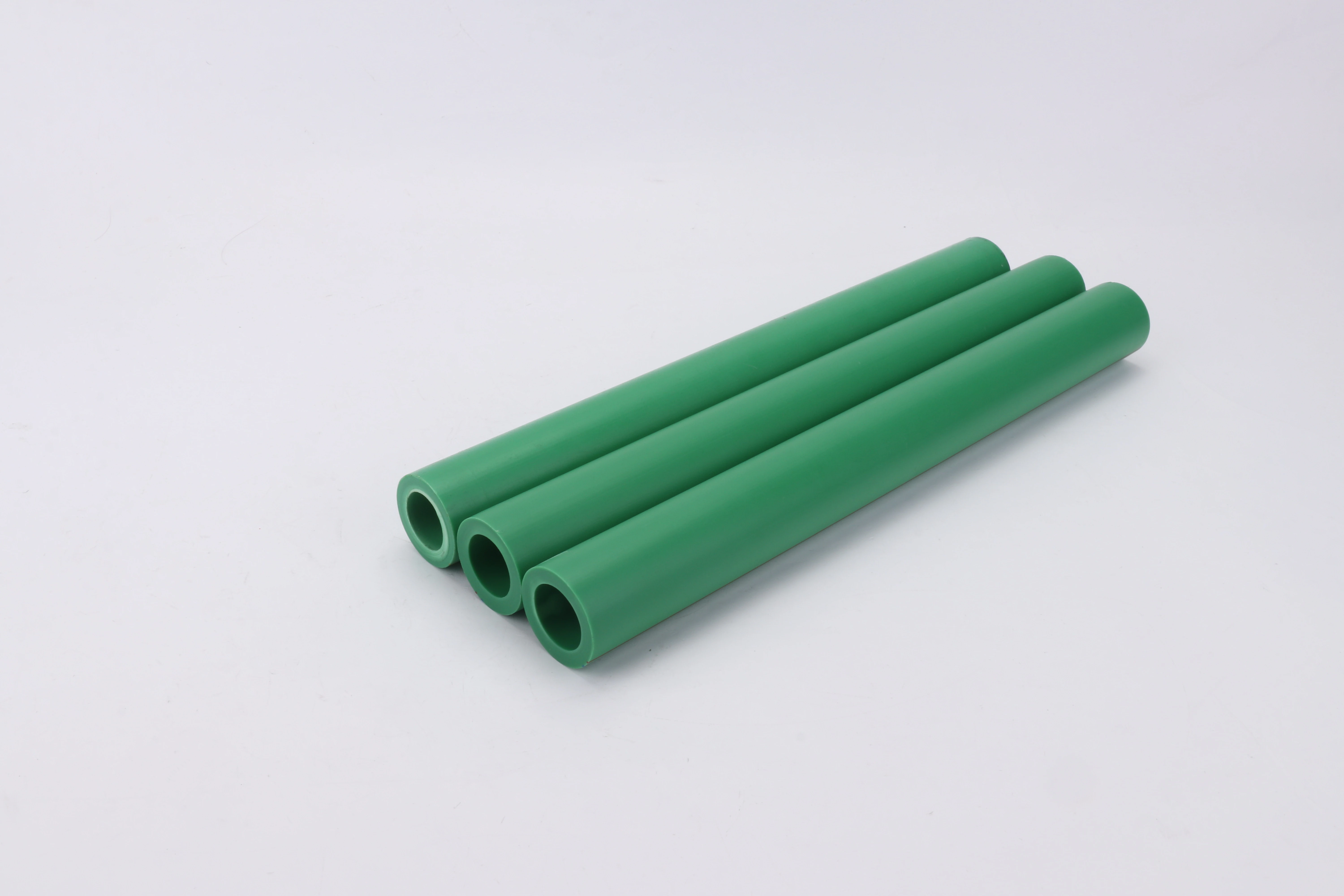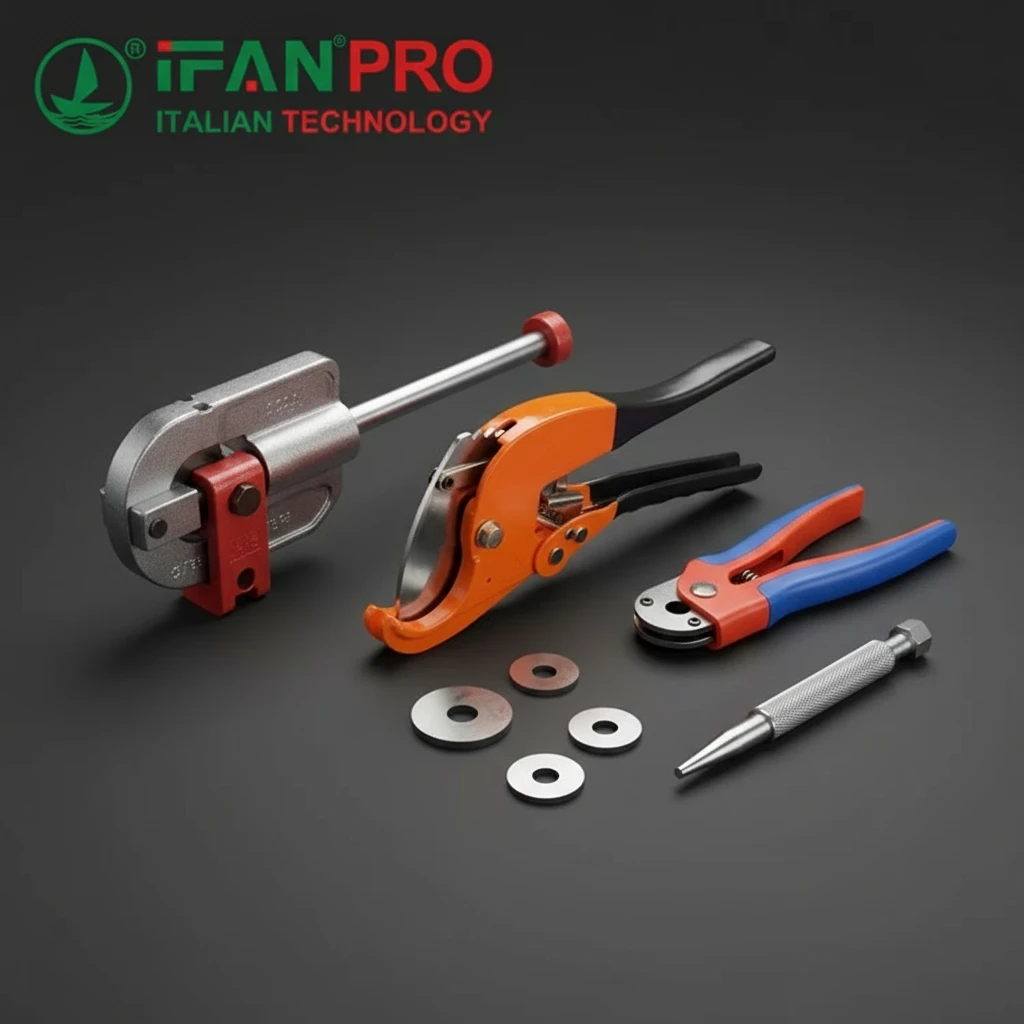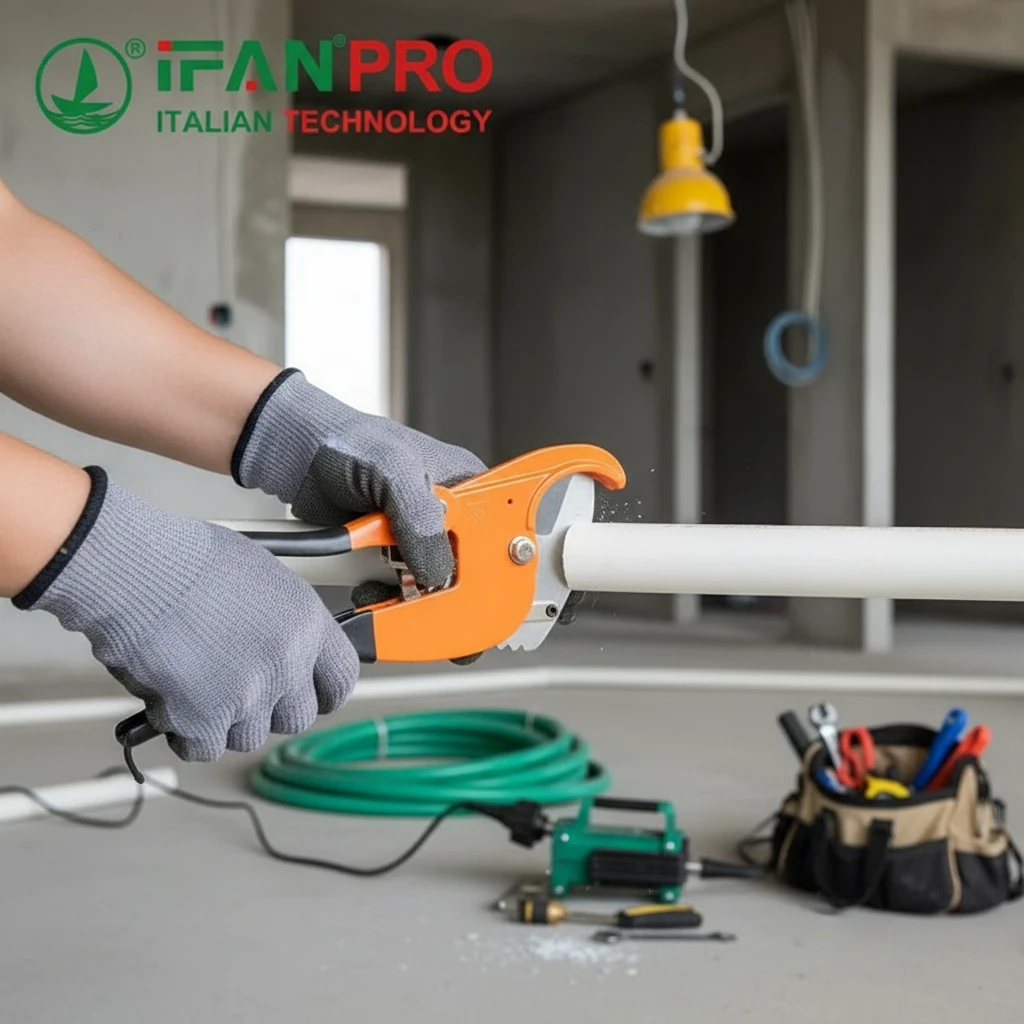As Europe transitions toward more sustainable, energy-efficient infrastructure, demand for PPR (Polypropylene Random Copolymer) pipes is on the rise. Known for their long lifespan, thermal resistance, and recyclability, PPR piping systems are widely used in residential, commercial, and industrial plumbing networks.
In this article, we analyze the current market scale, growth drivers, and future trends shaping the European PPR pipe industry—insights crucial for distributors, contractors, and international suppliers.
📊 Current Market Size of the PPR Pipe Industry in Europe
As of 2025, the European PPR pipe market is valued at approximately USD 1.2 to 1.5 billion, with consistent year-over-year growth. Leading economies including Germany, France, Italy, Spain, and the UK contribute the largest market shares due to their active construction, renovation, and infrastructure sectors.
📈 Growth Rate and Forecast (2025–2030)
The PPR pipe market in Europe is expected to grow at a CAGR of 5%–7% between 2025 and 2030, driven by:
- Increasing demand for eco-friendly plumbing materials
- Energy-efficient building renovations under EU regulations
- Replacement of outdated copper and steel piping
- Expansion of district heating and green infrastructure
According to recent studies, by 2030, the European market could surpass USD 2.3 billion, reflecting strong investment in sustainable utilities.
🔍 Key Drivers of Market Growth
1. EU Green Deal and Environmental Policies
The European Union’s Green Deal and energy directives promote low-carbon construction, encouraging the use of recyclable, non-toxic materials like PPR.
2. Urbanization and Housing Demand
Increased urban development and population growth are expanding the need for new plumbing systems, especially in multi-family housing, hospitals, and commercial properties.
3. Energy-Efficient Heating Systems
PPR is widely used in underfloor heating, radiator networks, and central hot water systems due to its high temperature resistance and low thermal conductivity.
4. Infrastructure Modernization
Aging water supply systems across Europe are being upgraded, replacing old metal pipes with durable, corrosion-free PPR alternatives.

🏗️ Sector-Wise Market Distribution
| Sector | Estimated Share (%) | Usage Examples |
|---|---|---|
| Residential Plumbing | 40% | Water supply, heating, bathrooms |
| Commercial Buildings | 25% | Hotels, offices, schools |
| Industrial Systems | 20% | Chemicals, compressed air, hot fluids |
| Infrastructure | 15% | Municipal pipelines, water treatment systems |
🌍 Country-Specific Insights
- Germany: High demand for certified PPR systems in public housing and district heating.
- France: Green building incentives support PPR adoption.
- Italy & Spain: Aging plumbing systems being modernized with PPR.
- UK: Shift from copper to polymer pipes in both residential and commercial sectors.
🏭 Competitive Landscape and Global Supply Chains
European PPR pipe production is dominated by established brands like Aquatherm (Germany), Wavin (Netherlands), and Bänninger (Germany). However, there is growing demand for global partnerships to meet project deadlines and budget constraints.
🌐 Sourcing from China: A Strategic Alternative
Manufacturers like ifanpro are emerging as trusted export partners, offering:
- DIN 8077/8078 & ISO 15874 certified PPR pipe systems
- Custom OEM branding and private label services
- Wide size range (20mm–160mm), including SDR and PN classifications
- Competitive pricing for bulk and project orders
ifanpro supports European distributors and developers with fast lead times, technical documentation, and custom packaging.
🔮 Future Outlook: 2025 and Beyond
With the convergence of climate policy, urban growth, and technology innovation, the future of the PPR pipe market in Europe looks promising.
Emerging trends include:
- Smart piping systems for leak detection and flow monitoring
- Antibacterial and UV-resistant PPR compounds
- Pre-insulated PPR piping for cold climates
- Increased cross-border e-commerce and B2B procurement
✅ Conclusion
The European PPR pipe market is undergoing rapid transformation, backed by sustainability goals, infrastructure investment, and demand for durable alternatives to metal. For distributors, contractors, and developers, this represents a major opportunity.
Whether you’re expanding your product line or sourcing for large-scale infrastructure projects, ifanpro provides reliable, customizable PPR pipe systems to help you meet evolving European standards and customer expectations.













Commentaires récents